We calculate the correct cement consumption

Cement is widely used in construction and finishing works. With its help, bricks, aerated concrete blocks are connected, plaster and floor screed are prepared. Each specific case forces you to carefully calculate the amount of materials required. Having bought too few of them, builders are forced to urgently purchase additional cement and sand. If you buy too many raw materials, you will have to accept the loss, organize storage or look for someone to sell the surplus to.
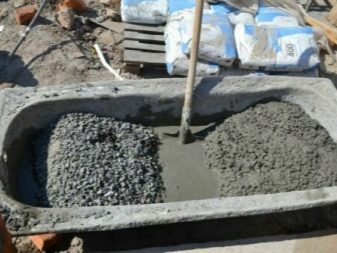
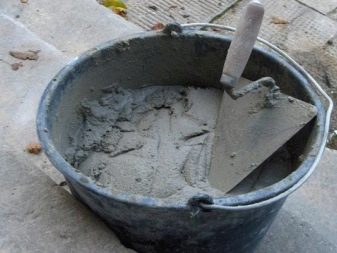
Peculiarities
The consumption of cement per cubic meter of brickwork is determined by the composition of the mixture. Standard cement mixing for joining building blocks involves the simultaneous use of sand and water. It is extremely rare to vary the proportions of the components, mainly the result achieved depends on the brand of the used binder.
Usually to get 1 cubic meter. m. solution is used 400 kg of dry cement, for 1 part of it you need to take 4 parts of sand.
1m3 of ordinary bricks can be laid using 0.25 - 0.3 cubic meters. m. of the mixture, the number of consumable bricks is approximately 400 pieces. The conditions of the work must be taken into account. Above-ground masonry in high humidity environments, wall installation below the groundwater layer is different, the proportions of the mixture vary slightly. Exterior walls are most often made from M10 mixture, created on the basis of M400 cement.
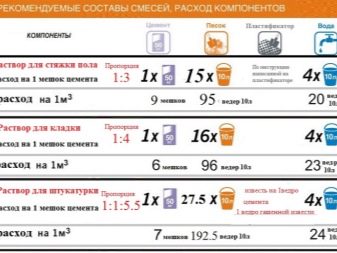
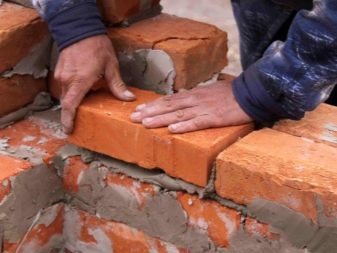
Cement consumption is also determined by the thickness of the walls under construction. If you need to make a masonry in 1⁄4 of a brick, 1 m2 of it will require the use of 5 kg of cement (when preparing a solution of the M100 brand), to prepare a solution of the M50 type, half the binder is needed. In this mortar, the proportions of sand are typical 4 parts to 1 part binder.
This ratio is due to the fact that it allows you to achieve the best balance between:
- the strength of the structure;
- the mobility of the mixture;
- the rate of transformation of the solution into a solid material.
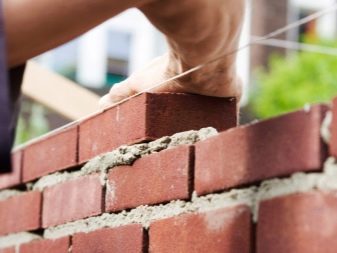
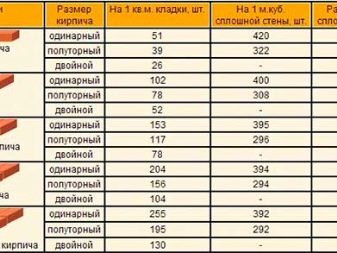
Other types of mixtures
When kneading is carried out with the addition of additional substances (clay, limestone, marble, synthesized additives), it is supposed to take from 5 to 9 parts of sand for 1 part of cement. Concrete is made by spending a maximum of 5 quintals of a binder to obtain 1 cubic meter. m. of the finished mixture. The relevant norms are prescribed by the state standard, however, builders can deviate from the regulatory requirements if they need to achieve a certain level of viscosity, make the solution more liquid, accelerate or delay the solidification. When working, they use buckets and troughs (these are the most suitable containers), a perforator with mixing nozzles, shovels for distributing portions.
The kneading is carried out initially on the basis of dry masses. Then add water gradually and slowly. It is imperative to ensure that the masonry mortar becomes outwardly uniform throughout the entire thickness and does not spread too actively. The strength of the concrete and the durability of the brick walls depend on the quality of the preparation of the mixture.
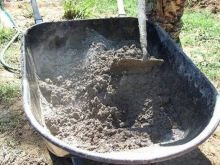
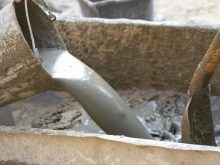
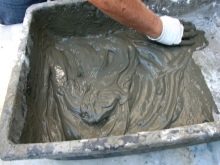
Sand-cement mortar is characterized by high strength. However, if you deviate a little from the standard technology, cracks may appear. In a mixed version, slaked lime (otherwise called milk of lime) is added to cement and sand.
There is also a type with plasticizing additives, when, in addition to cement and a sand fraction of 0.2 cm, polymers are used that make the solution more flexible.There is no need to take care of the preparation of such solutions: it is better to buy ready-made dry kits and dilute them with water as instructed by the instructions.
Regardless of what kind of mixture is being prepared, you need to check that there is not a single lump in the dry mass.
The sand is passed through a sieve, the lime must be filtered. If it is necessary to add lime, it is introduced only after mixing the powdery substances, pouring out in small portions. The temperature of the liquid should be about 20 degrees, the mixture is stirred, otherwise the composition will quickly set. A concrete mixer or a perforator will help to reduce the time for preparing the solution, to save energy.
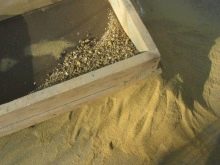
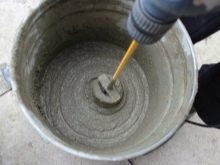
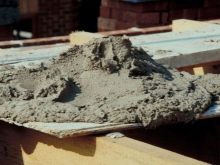
Binder consumption
The standard consumption rate for 1 m3 or 1000 bricks can serve as a guideline when buying, but you also need to take into account the professionalism of the craftsmen and the type of blocks used (if the products are empty or porous, more mortar will be needed). Less absorption is inherent in the mixture for hyper-pressed and facing bricks than for simple ceramic material.
Mixture consumption per 1 cu. m. (based on the typical thickness of the joints) is 0.23 cubic meters. m. on average. With a wall thickness of half a brick, for simply decorated surfaces made of ceramic material, it will be necessary to use 0.221 m3 of cement mix.
The consumption of the finished mixture per 1 m2 of a brick wall can vary, according to the quality of the resources used, the microclimate and weather conditions. Even on different floors, this number may be slightly, but vary.


In a bucket designed for 10 liters, you can place 14 kg of cement, for sand for the same indicator (10 liters) it will take 2 kg less. The ratio of sand and cement of the M400 brand is usually 3: 1, and if we take the M500 binder, then 4: 1. On a hot summer day, the solution should be made less thick, an increase in plasticity is achieved by introducing small portions of washing powder or dishwashing composition. A cubic meter of ready-made cement mortar, made in a 1: 4 ratio, requires the use of 4.1 centners of M500 grade cement and 1.14 cubic meters. m. of sand.
Since for 1 m3 of a wall with a thickness of one silicate brick with dimensions of 25x12x6.5 cm, 0.24 cubic meters are consumed. m, the consumption of cement slurry per m3 is calculated by multiplying the specific consumption by 410. The total is 98 kg of cement. If you use a binder M400, in a ratio of 1: 3, per 1 cu. m. the mixture will require 4.9 centners of cement. For 1 cubic meter m. brickwork will need 117 kg of the original component.
Cement-lime mortars retain their qualities for no more than five hours. In summer, when the air is warmed up to +25, this period is reduced to 1 hour.
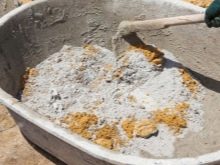
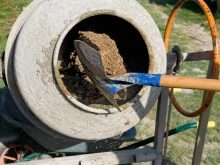
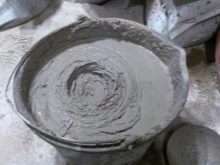
Cladding consumption
When performing facing work, the approach changes. It is necessary to calculate the consumption of cementitious mixtures per 1m2 of the wall (not per cubic meter).
The real value is determined:
- the tendency of the building material to absorb water;
- weather conditions of work;
- the number of internal cavities.
The norms prescribed in SNiP 82-02 in practice always turn out to be small, therefore, when buying, it is necessary to take a solution or dry cement with a small reserve. The most economical material in this regard is double brick (ceramic or silicate), which must necessarily have high strength. As a result, it is possible to save up to 1/5 of the entire mixture.
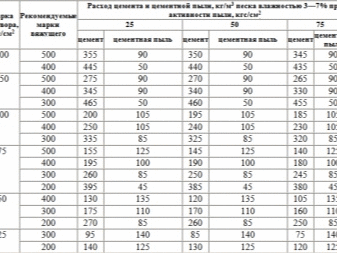

Tips & Tricks
In the overwhelming majority of cases, builders use mortars of a cement-sand mixture of the M75 category to obtain it on the basis of 300 series Portland cement. It is required to dilute one part of the binder with three parts of sand. It is necessary to use M100 and stronger compounds only for buildings with increased strength characteristics. When calculating the mass of cement used to make partitions, you need to pay attention not only to the width of the seam, but also to how even a particular layer is.
If the brick building is light and not too important (we are talking about utility and auxiliary structures), it is permissible to reduce the concentration of cement to 15 - 20% in relation to the total mass of the mixture.
There is no need to take into account the geometry and volume of each individual block. Calculations like these are difficult for non-professionals, and the weight savings will not justify the effort. It is enough to use the average figures obtained in many years of construction practice, to make amendments for a specific situation.
See the video for the rules and secrets of mixing the solution.













The comment was sent successfully.